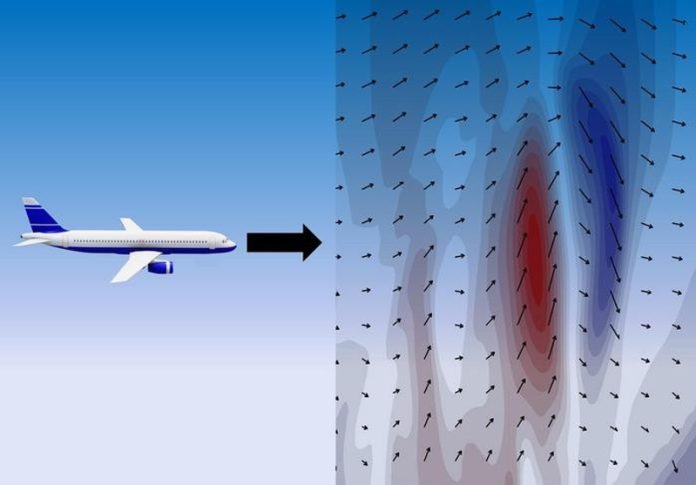In the boundless expanse of skies, a hidden menace lurks, imperceptible yet potent: clear air turbulence (CAT). Recent events, including the tragic incident aboard a Singapore Airlines flight, serve as stark reminders of the risks posed by this elusive phenomenon. As flights proliferate and our climate evolves, the once-rare encounters with CAT are becoming increasingly common, challenging the aviation industry to adapt swiftly and effectively. The correlation between climate change and the surge in CAT incidents is undeniable. While the absence of visible cues complicates detection, the repercussions are all too real. Lives are at stake, passengers are injured, and airlines are compelled to reassess their strategies for mitigating this escalating threat. In response to this evolving landscape, airlines worldwide are intensifying their efforts to enhance safety measures. From Air India Express’s proactive crew education initiatives to IndiGo’s technological innovations, the industry is leaving no stone unturned in its quest for safer skies. By harnessing advanced technologies and refining operational protocols, airlines strive to minimise the impact of turbulence on both passengers and crew.
Yet, amidst these endeavours, questions loom regarding the future trajectory of CAT in regions like the Indian subcontinent and Asia. Researchers’ insights underscore the complexity of predicting CAT’s behaviour in tropical climates, emphasising the need for comprehensive data integration and analysis. In this pursuit, collaboration between airlines, researchers, and meteorological agencies assumes paramount importance. Enter the International Air Transport Association and its Turbulence Aware programme-a beacon of hope amidst uncertainty. This initiative empowers pilots and dispatchers to navigate the skies with greater precision and foresight. Through collective action and information sharing, the aviation community stands poised to confront the challenges posed by escalating CAT incidents. Joshi’s 2017 research forewarned of a turbulent atmosphere awaiting future generations of aircraft. With the spectre of climate change looming large, airframe manufacturers must integrate turbulence resilience into their design ethos from the outset. As skies grow crowded and climate patterns shift, the imperative for collaboration and innovation has never been clearer.


